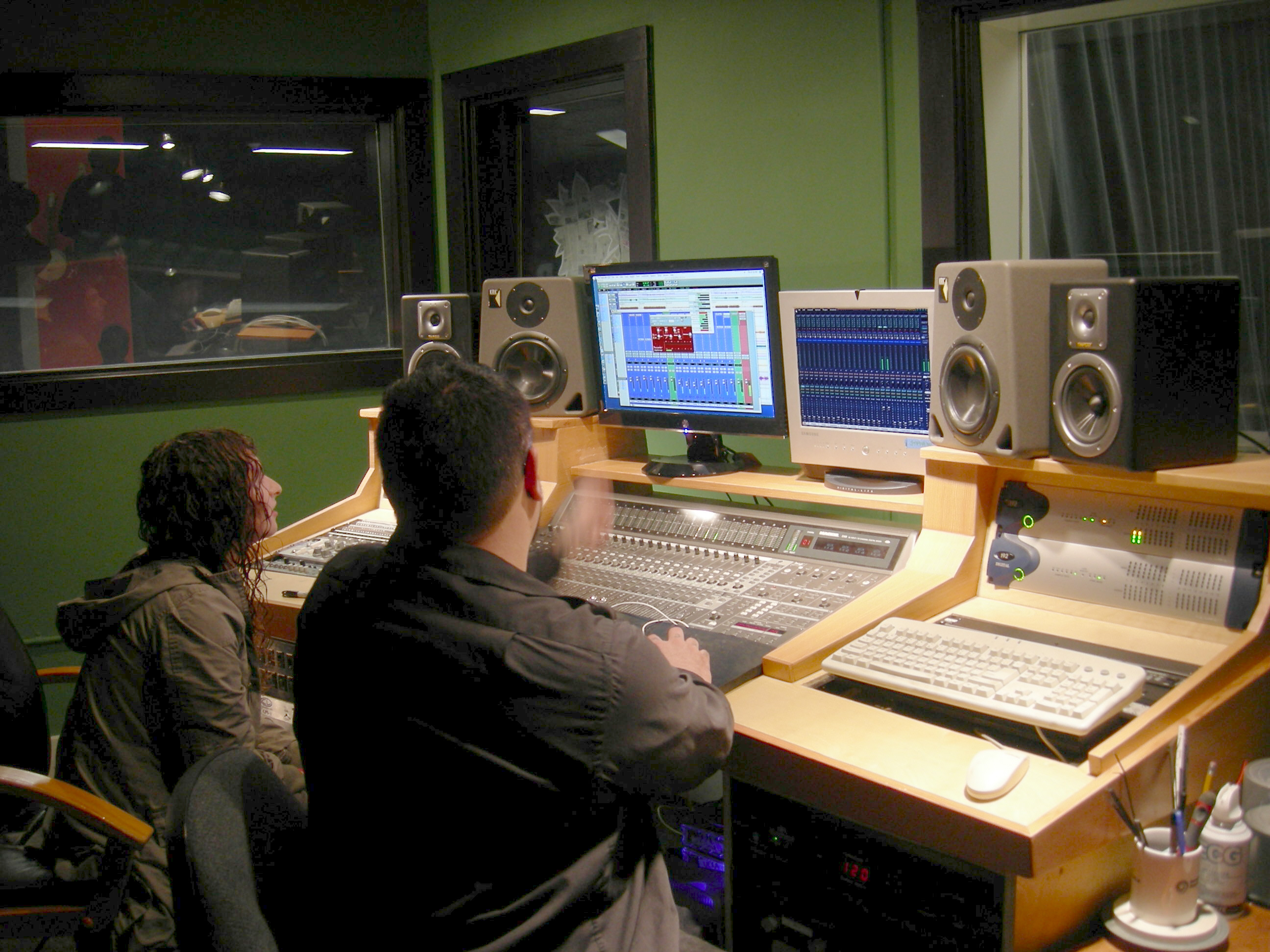Here’s an excellent article we found on mixing and mastering — we couldn’t resist sharing! Let us know what you think.
Understanding Your Recording Chain
by Joshua R Smith
Have you ever wondered why instruments and vocals on your favorite albums sound so good and why the recordings on your personal material sound so, well, not good? It may not be that your singing isn’t good or your lyrical skills aren’t up to par. Instead, it could be that you’re not optimizing the equipment that you have so that it can perform at its highest level. Truth be told that the reason for your favorite albums sounding so present and crystal clear is because their recording chain is top notch. Aside from this, the producers and engineers behind the equipment are making sure that everything is running at it’s optimal performance level.
First, lets explore a basic recording chain. Everything starts with the source, and by source, I mean you, the vocalist. You obviously sing/rap into the microphone. By doing so, the microphone converts sound waves (your voice), into electrical signals. These signals represent your actual voice dynamics, characteristics and tone, depending on the quality of the microphone and the components that make up the microphone. Now, the signal travels down your mic cable and enters your preamp. A preamp is needed to boost your signal to line level because your microphones output is simply too low. The quality and characteristics of your preamp can make a serious impact on the quality of your recording and in many cases can add a little colour or flavor to your overall sound. Setting your preamp properly is very important. You don’t want to drive it too hard because you could end up clipping your signal and distorting your recording. On the flip side, if it’s set too low you’re throwing off your overall gain structure and potentially ruining the quality of your signal because you will have to boost it higher than desired at another stage.
Thus far we have the source (vocalist), microphone and preamp for our signal chain. Next, after our signal passes through the preamp and is boosted to the appropriate line level, it goes into the conversion stage. Keep in mind that in more advanced recording chains, engineers and producers choose to run their signal into a compressor/limiter after the preamp stage, but we will touch on this another time. Now, since our electrical signal is an analog state, we need to convert it to a digital state that accurately represents our signal and ultimately our voice. This piece of gear is referred to as your audio interface and this stage is called the A/D conversion stage. Think of it as a way of getting your signal into your digital audio workstation (DAW), so that your computer can understand it in the digital domain. Higher end converters can add another dimension to your recording, add a better stereo image and create a better sense of presence in your recordings. Keep in mind that a lot of smaller project studio rigs like the MBox and such are multi functional, meaning they serve as a preamp, A/D converter, D/A converter and control your monitoring options.
So, this is your recording path going into your DAW (Pro tools, Logic, etc.). We haven’t discussed the path of leaving your DAW, going through the D/A conversion and exiting to your monitoring system, but I hope you have a better grasp on where your signal is going and what the function of each stage is. Their is a saying that your signal is only as good as your signal chains weakest link!
Joshua Smith is the founder of Cloud 9 Produktions. Cloud 9 is a music production company specializing in creating unique sonic landscapes for artists, sound trackers and multimedia developers. Cloud 9 offers different leasing and exclusive packages at affordable prices. If your a rapper, emcee, lyricist or singer, Cloud 9 Produktions is for you!
Every Monday, Wednesday and Friday, Cloud 9 will be writing about recording and mixing tips for the project studio artists. These blogs focus on strengthening the quality of music recorded in the project studio and to educate about the basics of recording technology. Check us out at: http://www.cloud9produktions.com
Article Source: EzineArticles.com
Photo by Joe Mabel
If you’ve had experience doing some home recording, then you know how important these things are in mixing and mastering. Let your friends share this information by clicking the “share” button below!


